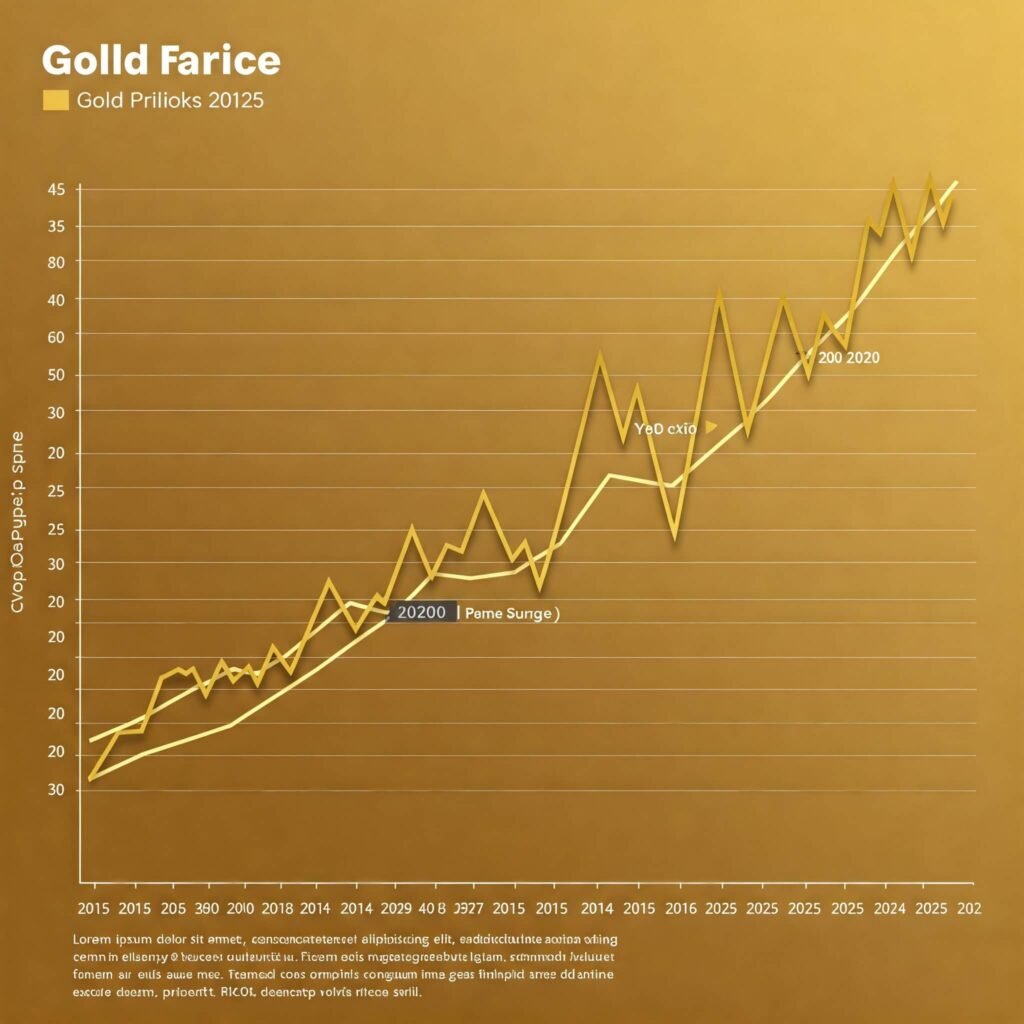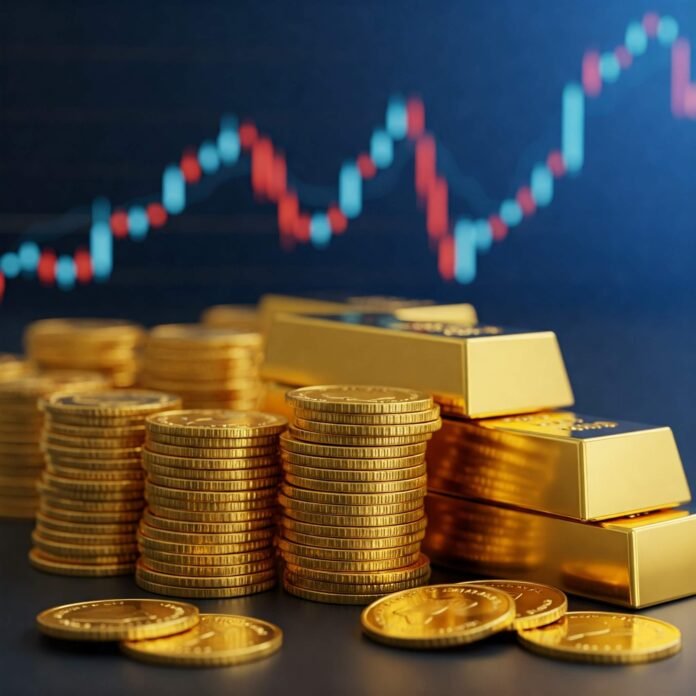Gold has captivated investors for centuries, and understanding gold demand and supply is crucial for anyone looking to invest in this timeless asset. Whether you’re a seasoned investor or a beginner, knowing what drives the gold market can help you make informed decisions. In this article, we’ll break down the dynamics of gold demand and supply, explore key trends, and share actionable insights to guide your investment journey.
Why Gold Demand and Supply Matter
The interplay of gold demand and supply directly influences gold prices, making it a critical factor for investors. When demand outpaces supply, prices rise, and vice versa. But what drives these forces? Let’s dive into the details.
The Role of Gold in the Global Economy
Gold is more than just a shiny metal—it’s a store of value, a hedge against inflation, and a safe-haven asset during economic uncertainty. According to the World Gold Council, global gold demand reached 4,741 tonnes in 2023, driven by central bank purchases and investor interest. Understanding gold demand and supply helps investors predict price movements and seize opportunities.

What Drives Gold Demand?
Gold demand comes from various sources, each influenced by unique factors. Here’s a breakdown of the key drivers:
1. Investment Demand
Investors buy gold to diversify portfolios and protect wealth. During economic downturns, such as the 2008 financial crisis, gold demand surges as a safe-haven asset. For example, in 2020, gold prices hit a record high of $2,067 per ounce due to pandemic-related uncertainty.
2. Jewelry Demand
Jewelry accounts for nearly 50% of global gold demand, with countries like India and China leading the charge. Cultural events, such as weddings in India, drive seasonal spikes in gold demand and supply dynamics.
3. Central Bank Purchases
Central banks, like those in Russia and China, buy gold to diversify reserves and reduce reliance on the U.S. dollar. In 2022, central banks purchased 1,136 tonnes of gold, a 50-year high, according to Reuters.
4. Industrial and Technological Uses
Gold’s conductivity makes it valuable in electronics, from smartphones to medical devices. While this accounts for a smaller portion of demand, it’s a growing sector.
Takeaway: Monitor economic indicators like inflation rates and geopolitical events to anticipate shifts in gold demand and supply.
Understanding Gold Supply
Gold supply is limited, which adds to its allure. Let’s explore the main sources of gold supply and the challenges they face.
Gold Mining
Mining is the primary source of gold, but it’s a complex and costly process. Major gold-producing countries include China, Australia, and South Africa. According to the U.S. Geological Survey, global gold mine production was approximately 3,100 tonnes in 2023.

Recycled Gold
Recycled gold, from jewelry and electronics, accounts for about 25% of supply. However, recycling rates fluctuate based on gold prices—higher prices incentivize more recycling.
Supply Challenges
- Depleting Reserves: Many gold mines are nearing depletion, making new discoveries critical.
- Environmental Regulations: Stricter regulations increase mining costs, limiting supply.
- Geopolitical Risks: Political instability in gold-producing regions can disrupt supply chains.
Takeaway: Limited supply and rising production costs can drive gold prices higher, making gold demand and supply a key focus for investors.
Global Gold Supply Trends
The global gold market is constantly evolving. Here are some trends shaping gold demand and supply:
- Shift to Sustainable Mining: Companies are adopting eco-friendly practices to meet regulatory and consumer demands.
- Emerging Producers: Countries like Ghana and Uzbekistan are increasing their share of global gold supply.
- Technological Advances: Innovations in mining technology are improving efficiency but require significant investment.

How Gold Demand and Supply Impact Prices
The balance between gold demand and supply is a key driver of gold prices. For instance:
- In 2020, strong investment demand and constrained supply due to COVID-19 lockdowns pushed prices to record highs.
- Conversely, in 2013, a surge in recycled gold supply led to a price drop.
To predict price movements, investors should track:
- Central bank policies and interest rates.
- Global economic indicators, like GDP growth and inflation.
- Mining production reports from sources like the World Gold Council.
Takeaway: Stay informed about gold demand and supply trends to time your investments effectively.
Actionable Tips for Gold Investors
Ready to invest in gold? Here are practical steps to navigate gold demand and supply dynamics:
- Diversify Your Portfolio: Allocate 5-10% of your portfolio to gold to hedge against volatility.
- Choose the Right Form: Decide between physical gold (bars, coins) or gold ETFs like SPDR Gold Shares (GLD).
- Monitor Market Trends: Use resources like Kitco for real-time gold market updates.
- Understand Timing: Buy during periods of low demand, such as post-holiday seasons, to get better prices.
- Consult Experts: Work with a financial advisor to align gold investments with your goals.
Conclusion
Understanding gold demand and supply is essential for any investor looking to capitalize on this precious metal. By staying informed about demand drivers, supply challenges, and market trends, you can make smarter investment decisions. Whether you’re hedging against inflation or diversifying your portfolio, gold remains a powerful asset in uncertain times.
Start small, stay educated, and let gold demand and supply guide your investment strategy. What’s your next step in the gold market? Share your thoughts below!




